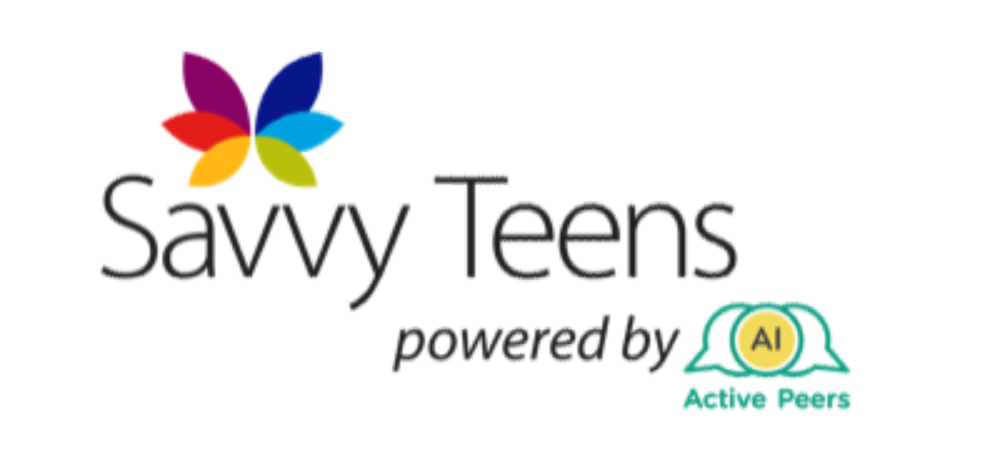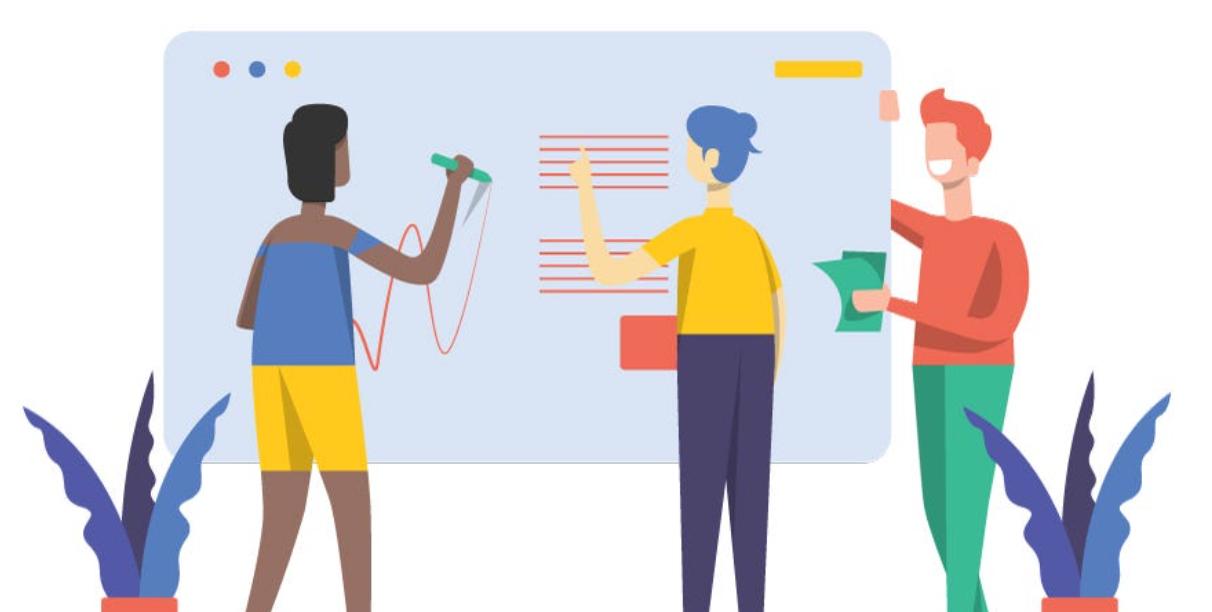Different Types of Sessions to Conduct with Guest Speakers: Format 6 - Rotate Between Groups
When planning sessions with guest speakers, it's important to consider different formats to keep things engaging. One often overlooked but easy format is to rotate the guest speaker between groups. In this blog post, we will explore how this format works and why it can be beneficial.
Introducing Guest Speakers to the Entire Group:
To effectively introduce guest speakers to the entire group, it's recommended to utilize breakout rooms. For example, in an online environment, divide the group into three breakout rooms. Each guest speaker can then visit these breakout rooms individually. In an in-person setting, you can break the group into smaller groups and send them to different parts of the venue, such as a restaurant, lobby, or outdoor area. This movement adds a dynamic element to the session.
Benefits of Rotating Between Groups:
Rotating guest speakers between groups offers several advantages. Firstly, it helps prevent long-winded presentations or Q&A sessions that can become monotonous. Instead, each guest speaker gets a shorter time slot, allowing for more focused and concise discussions. Additionally, participants in the audience gain a better understanding of the topic due to the nuances shared by speakers with different experiences.
Logistics and Responsibilities:
When conducting unsupervised breakout room conversations, it's crucial to brief the guest speakers beforehand. They should understand what to expect and how to navigate an environment where questions might be limited. As the facilitator, it's your responsibility to manage logistics, such as re-logging participants who drop off or encounter technical difficulties. By preparing the guest speakers and setting clear expectations for the audience, you can ensure a smooth session.
Rotating guest speakers between groups is an effective way to keep sessions engaging and provide participants with different perspectives. Whether in an online or in-person setting, this format allows for focused discussions and a dynamic learning experience. By briefing guest speakers, setting expectations, and managing logistics, you can successfully execute this format and create a valuable session for all participants.












